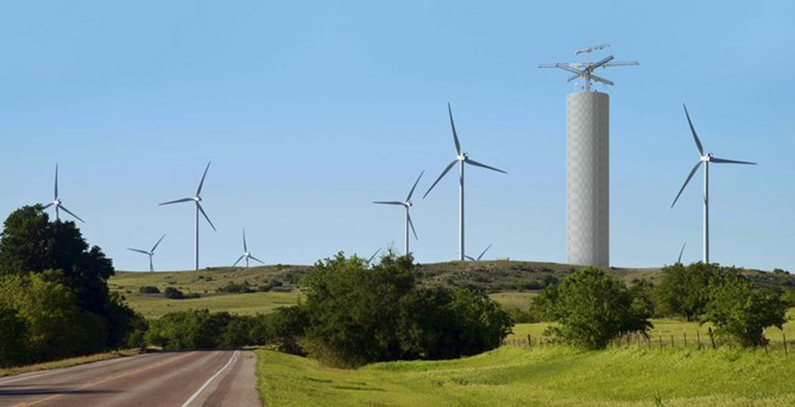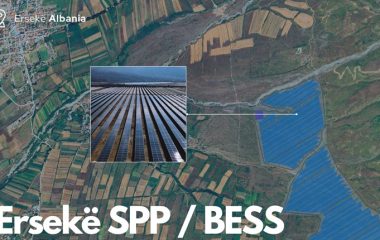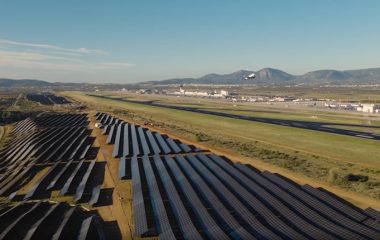
Photo: Energy Vault
Concrete blocks and cranes that is all that you need to store electricity. How? Simple. The crane uses excess energy from renewables to lift concrete blocks, and when the power is required, the crane lifts blocks, and the generator produces it. The process is similar to a pumped-storage hydropower plant (HPP), with water substituted with concrete blocks and gravity doing the rest.
The energy storage technology has been invented by a Swiss-based startup called Energy Vault, which recently received a USD 110 million investment from Softbank Group.
Why storage?
Renewable energy is now widely available and affordable, but renewable energy sources, such as wind and solar, are limited in their capacity to consistently deliver power to the grid. Production unpredictability and intermittency from reliance on factors such as wind and sunlight mean that renewables cannot fully replace fossil fuel generation.
Solution
Energy Vault is the creator of gravity and kinetic energy-based, long-duration energy storage solutions. This solution is not dependent on land topography or specific geology underground. Its breakthrough technology was inspired by pumped-storage HPPs that rely on gravity and the movement of water to generate power.
According to the startup, these low-cost blocks, combined with their patented system design and control software, have allowed it to deliver all the benefits of a pumped hydro system but at a much lower price, starting size and without the need for hard-to-find topography.
“Our transformative energy storage technology enables renewables to deliver around-the-clock baseload power for less than the cost of fossil fuels,” Energy Vault claims.
Technical details
- 35-ton composite bricks are lifted to create a tower; energy is stored in the elevation gain;
- Bricks are then returned to the ground, and the kinetic energy generated from the falling brick is turned back into electricity;
- Specially engineered control software ensures the bricks are placed in precisely the right location each time;
- Modular and flexible with plant capability ranges of 20-35-80 MWh storage capacity and a 4-8MW of continuous power discharge for 8-16 hours.
Disruptive economics
When combined with low-cost wind and PV solar, Energy Vault’s storage achieves an unprecedented levelized cost of energy delivered (LCOED) below six eurocents per kWh based on providing consistent, whole depth-of-discharge energy storage.
According to the startup’s website, compared to incumbent stationary energy storage solutions – most notably chemical batteries – Energy Vault provides a sustainable alternative that does not degrade over the life of the project and has competitive performance with round-trip efficiency between 80 to 90% – all at a significantly lower initial CapEx and levelized cost per kilowatt-hour price point.

















This is an amazing way of using waste energy, and gives opportunities for existing Solar Farms and Wind turbines to add Energy Storage to their offers, towards eventually creating a substantial base load on the Power Grid.
Excellent way of using the renewable energy. This simple technology can even replace battery storage.